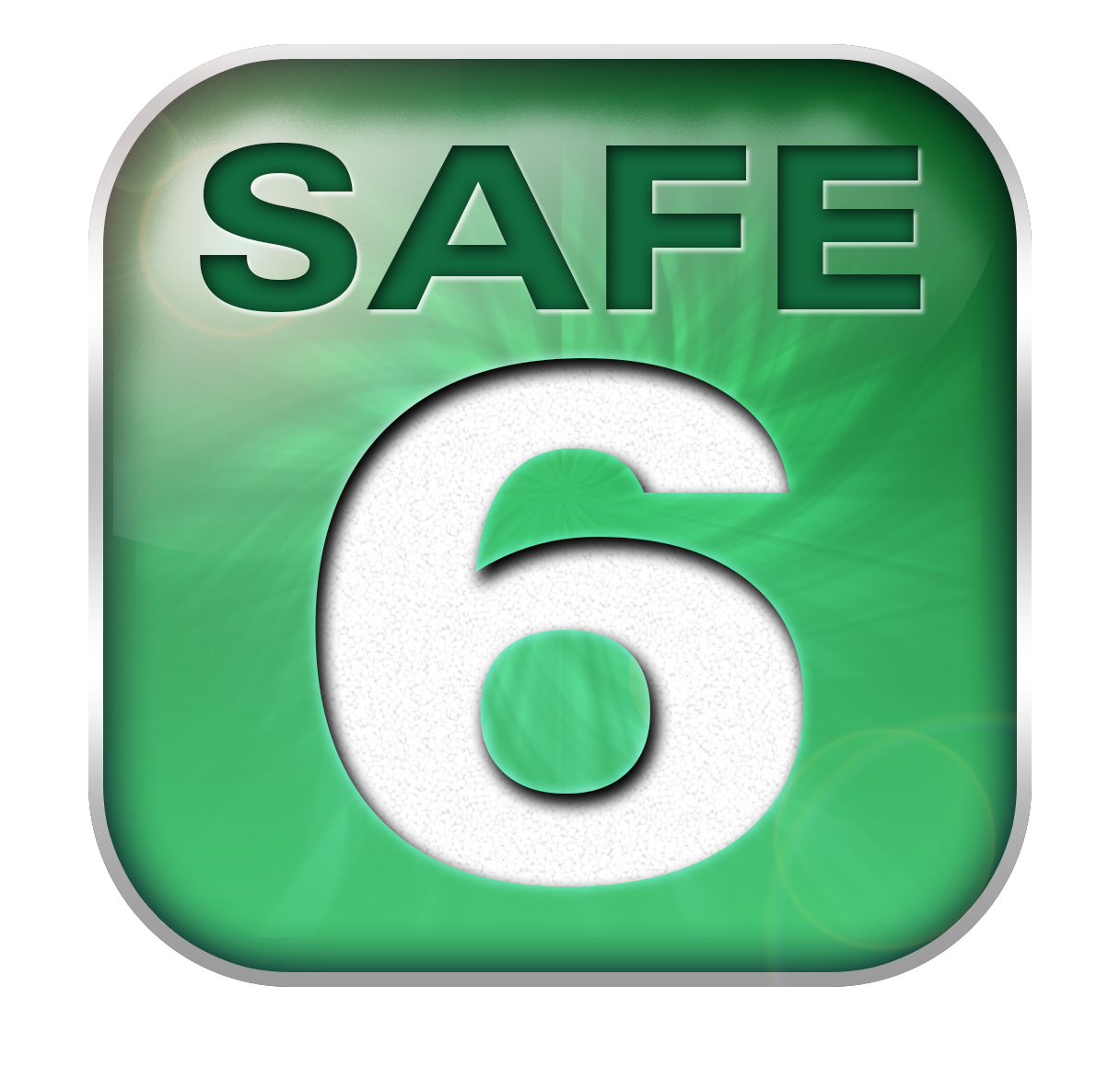MOTELS….. Safe 6……. No connection with the “keep the lights on” folks. Our MOTELS is an acronym, not a hotel chain. Each letter represents a category of potentially dangerous activities or conditions. By now you can recite the Safe 6 and know that the first step is “Recognize all the Dangers.” Everything associated with the rest of Safe 6 relies on an understanding of those dangers. If any of the dangers are overlooked or ignored, an employee will face an increased chance of a mishap. For our purpose, a mishap includes a near miss, over exposure, accident, injury or worse.

The employer has to identify and decide how to protect employees. Typically, the dangers are revealed as a result of a formal JHA or job hazard analysis. A JHA is conducted by a team that might include at least a safety professional, supervisor, and an employee. That may or may not be practical for employers with no safety department or professional. As important and useful as a JHA is, what does an employer do if that’s the case? In time, any employer should be able to complete a good JHA. Until that time, dangers still must be recognized and employees protected.
The supervisor is the likely individual for completing an inventory of the activities and conditions that may be dangerous to employees. In a future post we’ll talk about a danger check and how to prioritize the inventory. For now, we’ll just introduce the MOTELS…… no, not the ’80s new wave band. Enough already, The Safely Working Project has developed its own categorization of dangers or hazards and described 6 categories that represent workplace dangers. These categories are:
Each of the 6 categories have subcategories that further define the dangers. Under Materials Handling we have…… manual handling; mechanical lifting; and motorized handling. It also includes the transportation of employees and vehicle safety.
The Organizational category includes a variety of considerations that are influenced more by the employer than the surroundings. Here we have to consider factors such as special procedures and requirements, management, leadership, planning and time available to do the job and so forth.
Hand tools, power tools and fixed machinery are in the next category, Tools & Machinery. Within the Energy category we have thermal, acoustic energy and electricity. Other sources include hydraulic, pneumatic, radiation, and so forth.
The Location category encompasses a number of subcategories that reflect conditions including the work surfaces, which may be near water, elevated or unstable. It addresses illumination and temperature as well as housekeeping.
The last category is represented primarily by chemicals and biological hazards. Of course, we can further subdivide different classes of Substances and into specific chemicals.
The categories are non-technical and easy to remember using MOTELS. Just like Safe 6, MOTELS is simple and practical. Because we are avoiding technical hazard terminology employees will easily understand and relate to the dangers during training and safety meetings.
Remember, MOTELS is a tool that supervisors can use to identify and describe hazards to employees. It is not meant to replace the Job Hazard Analysis. While employees are not responsible for doing a danger inventory, they need to be familiar with MOTELS and the dangers they represent if they are not properly protected from them.
Employees should be introduced to MOTELS as part of their orientation to Safe 6. Understanding the dangers associated with MOTELS is essential for the effective application of Safe 6 by employees and Safely Working 100% of the Time.
Check back soon to see what the next Room Service Special is!!
(Originally published 12/28/15)

©2022 The Safely Working Project & P.D. Shafer III
“Safe 6” and “Safely Working” are registered trademarks
